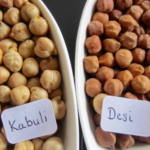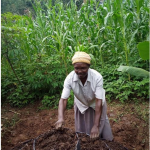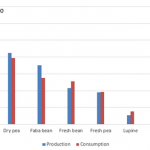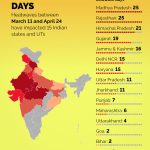The use and cultivation of legumes have great benefits for climate change mitigation, biodiversity conservation, health, crop rotation, and improvement of soil fertility. On this page you will find articles about the crucial role they play globally.
Become a Pulse Ambassador Workshop
The importance of pulses (lentils, Phaseolus beans, peas (Pisum and Lathyrus), chickpeas, fava beans, cowpeas) for sustainable cropping systems and healthy diets is widely and increasingly recognized. This workshop highlighted the benefits of pulses and the opportunities to use their potential to enhance the diversity of cropping systems and in diets for the protein transition, combining agronomic, sociological, nutritional and gastronomic aspects. A large space was given for interaction between participants about ways to promote pulses in their own communities.
























